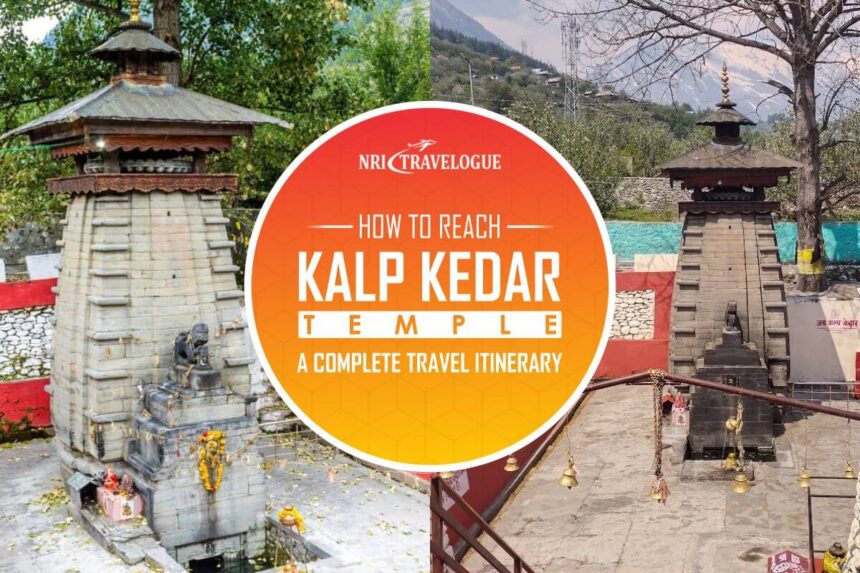Nestled in the serene Garhwal Himalayas, the Kalp Kedar Temple in Dharali, Uttarakhand, is a hidden gem for spiritual seekers and nature lovers alike. This ancient temple, believed to be built by the Pandavas from the Mahabharata, is dedicated to Lord Shiva and holds immense spiritual significance. Unlike the more frequented Panch Kedar temples, Kalp Kedar offers a unique experience with its partially submerged sanctum, where the Shivling remains hidden beneath water. Planning a visit to this sacred site requires careful preparation due to its remote location and the recent challenges posed by natural calamities. This comprehensive travel itinerary will guide you through every step of reaching Kalp Kedar Temple, ensuring a fulfilling pilgrimage or adventure.
Understanding Kalp Kedar Temple’s Significance
A Glimpse into Its Mythological Roots
Kalp Kedar Temple, located in Dharali village near Harsil, is steeped in mythology. According to legend, it was constructed by the Pandavas, who sought Lord Shiva’s blessings to atone for their sins after the Kurukshetra war. The temple is said to be a precursor to the famous Kedarnath Temple, built in a similar Pahadi architectural style. Its sanctum, submerged in water due to a glacial shift in the 1930s, adds an aura of mystery, with only the dome visible above the ground. Devotees believe that offering prayers here connects them to the divine energy of Lord Shiva, making it a must-visit for those on a spiritual quest.
Why Visit Kalp Kedar?
The temple’s serene setting by the Bhagirathi River, coupled with its historical and spiritual significance, makes it a unique destination. Unlike the Panch Kedar temples, Kalp Kedar is less crowded, offering a peaceful retreat. The surrounding Himalayan landscape, with apple orchards and snow-capped peaks, adds to the allure, making it ideal for both pilgrims and trekkers seeking tranquility. However, recent reports indicate that a devastating flash flood in August 2025 swept away parts of the temple, raising concerns about its accessibility. This itinerary accounts for the latest updates to help you plan a safe visit.
Best Time to Visit Kalp Kedar Temple

Ideal Seasons for Travel
The best time to visit Kalp Kedar Temple is from April to June and September to November. During these months, the weather in Uttarakhand is pleasant, with clear skies and moderate temperatures, ideal for travel and exploration. Summer (April to June) offers comfortable conditions for road trips and sightseeing, while the post-monsoon season (September to November) provides stunning views of the Himalayas with lush greenery. Avoid the monsoon season (July to August) due to the risk of landslides and heavy rainfall, which can make roads treacherous. Winter (December to March) brings heavy snowfall, potentially closing access routes to Dharali.
Checking for Recent Updates
Given the recent flash flood in Dharali, it’s crucial to verify the temple’s status before planning your trip. As of August 2025, the flood caused by the Kheer Gad River has reportedly damaged the temple, with only the dome previously visible. Contact local authorities or trusted travel operators in Uttarkashi for real-time updates on accessibility and safety. If the temple remains partially accessible, the journey is still rewarding for its spiritual and scenic value.
How to Reach Kalp Kedar Temple
By Air: Getting to the Nearest Airport
The nearest airport to Kalp Kedar Temple is Jolly Grant Airport in Dehradun, approximately 230 km from Dharali. Several domestic airlines operate regular flights from major cities like Delhi, Mumbai, and Bengaluru to Dehradun.
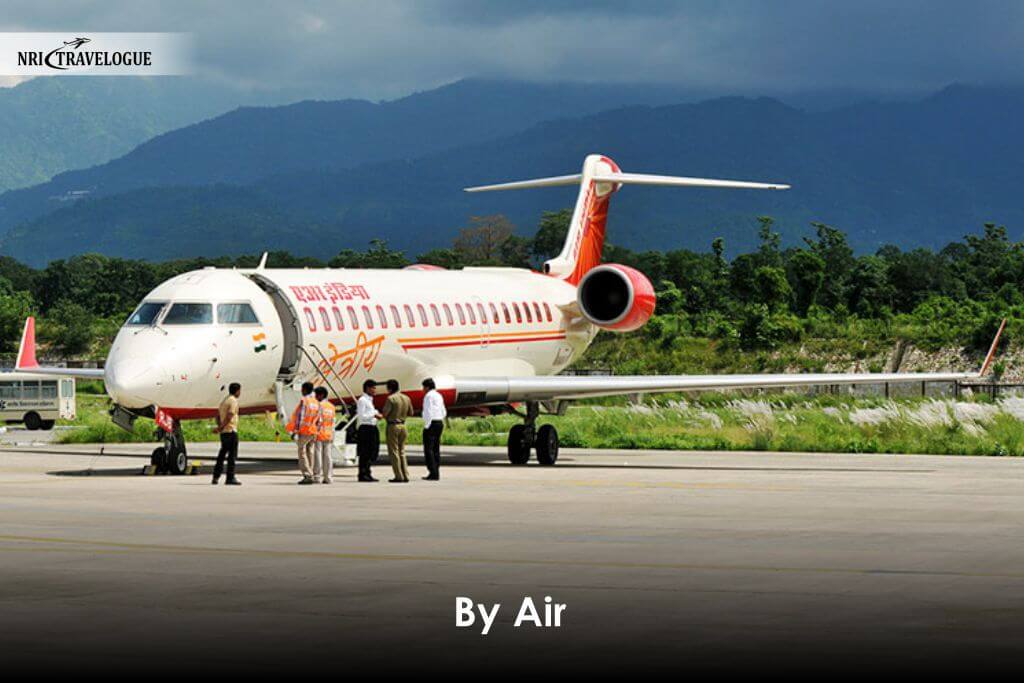
From the airport, you can hire a taxi or take a shared cab to reach Uttarkashi, which is about 170 km away, followed by a 20 km drive to Dharali. The road journey from Dehradun to Dharali takes around 6-7 hours, depending on traffic and road conditions. Pre-booking a taxi is recommended for a hassle-free experience.
By Train: Reaching the Closest Railway Station
Rishikesh Railway Station, about 200 km from Dharali, is the nearest railhead. Trains like the Shatabdi Express and Jan Shatabdi connect Rishikesh to Delhi and other major cities.
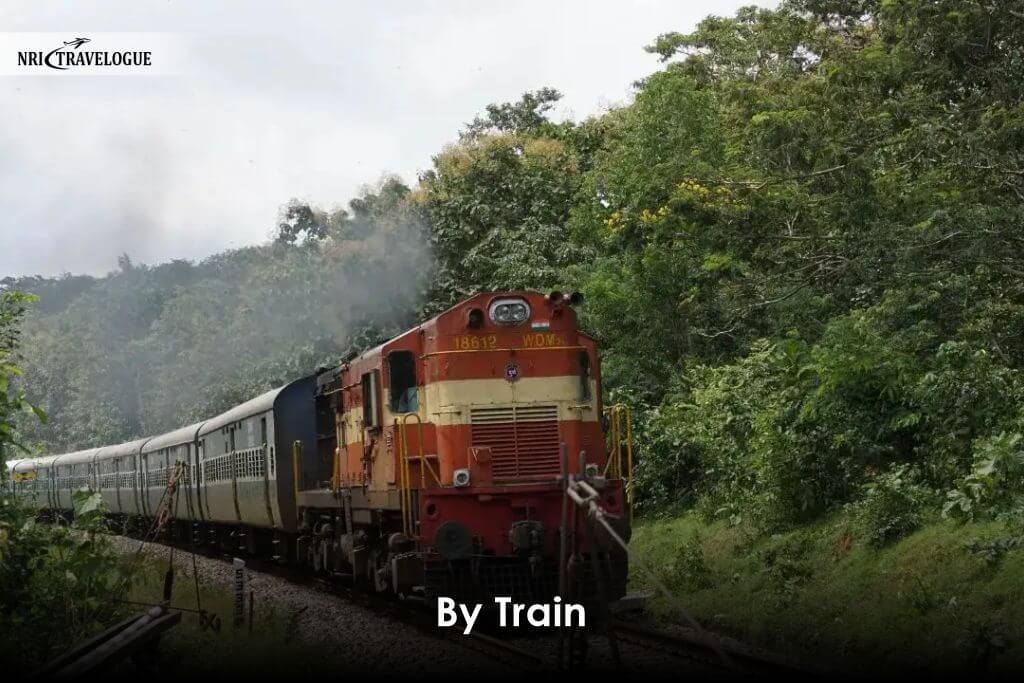
From Rishikesh, you can take a bus or hire a taxi to Uttarkashi, which is a 5-6 hour drive. Shared jeeps are also available from Rishikesh to Uttarkashi, offering an economical option. From Uttarkashi, local taxis or buses can take you to Dharali, where the temple is located just off the Gangotri Road.
By Road: Driving to Dharali
Dharali is well-connected by road, lying on the Gangotri Highway, about 20 km from Gangotri and 6 km from Harsil. From Delhi (approximately 450 km), you can drive via Haridwar, Rishikesh, and Uttarkashi.
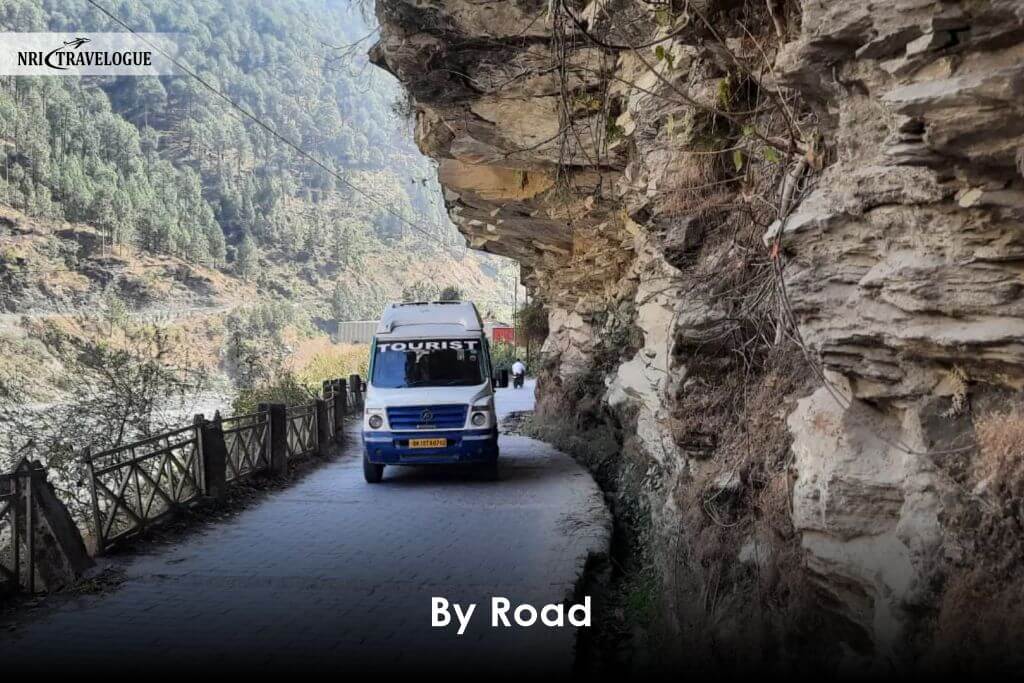
The route offers scenic views but includes winding mountain roads, so ensure your vehicle is suitable for hilly terrain. Buses from Delhi’s ISBT Kashmiri Gate to Uttarkashi are available, followed by a short taxi ride to Dharali. From Uttarkashi, the drive to Dharali takes about 45 minutes. Be cautious of road conditions, especially after the recent floods, and check for any closures or repairs.
Detailed Travel Itinerary
Day 1: Arrival in Dehradun or Rishikesh

- Morning: Arrive at Jolly Grant Airport, Dehradun, or Rishikesh Railway Station. If you’re driving from Delhi, start early to reach Rishikesh by noon.
- Afternoon: Have lunch in Rishikesh and explore local attractions like Laxman Jhula or Triveni Ghat if time permits.
- Evening: Take a taxi or bus to Uttarkashi (170 km from Dehradun, 150 km from Rishikesh). Check into a guesthouse or hotel in Uttarkashi. Budget options include dharamshalas, while mid-range hotels offer more comfort.
- Overnight: Stay in Uttarkashi to rest for the next day’s journey.
Day 2: Uttarkashi to Dharali and Kalp Kedar Temple
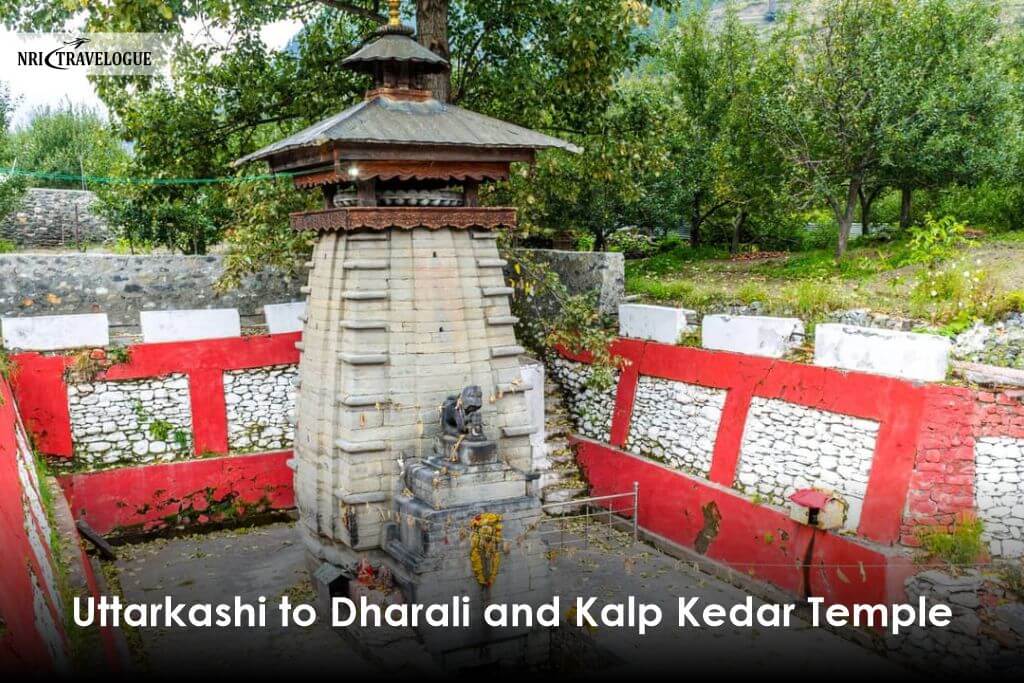
- Morning: Depart from Uttarkashi to Dharali (20 km) after an early breakfast. The drive takes about 45 minutes. Check for road updates due to the recent flood damage.
- Late Morning: Arrive in Dharali and locate the Kalp Kedar Temple, situated by the Bhagirathi River. The temple is a short walk from the main road, marked by a small gate. Note that the sanctum is submerged, and only the dome may be visible, depending on the flood’s impact.
- Afternoon: Offer prayers and soak in the serene ambiance. The temple’s priest, if available, may share its history. Have lunch at a local dhaba in Dharali or Harsil.
- Evening: Explore nearby attractions like the Mukhimath Temple in Mukhwa village, the winter abode of Goddess Ganga, across the river. Return to Uttarkashi or stay in a guesthouse in Harsil for a closer experience.
- Overnight: Stay in Harsil or Uttarkashi.
Day 3: Exploring Harsil and Return
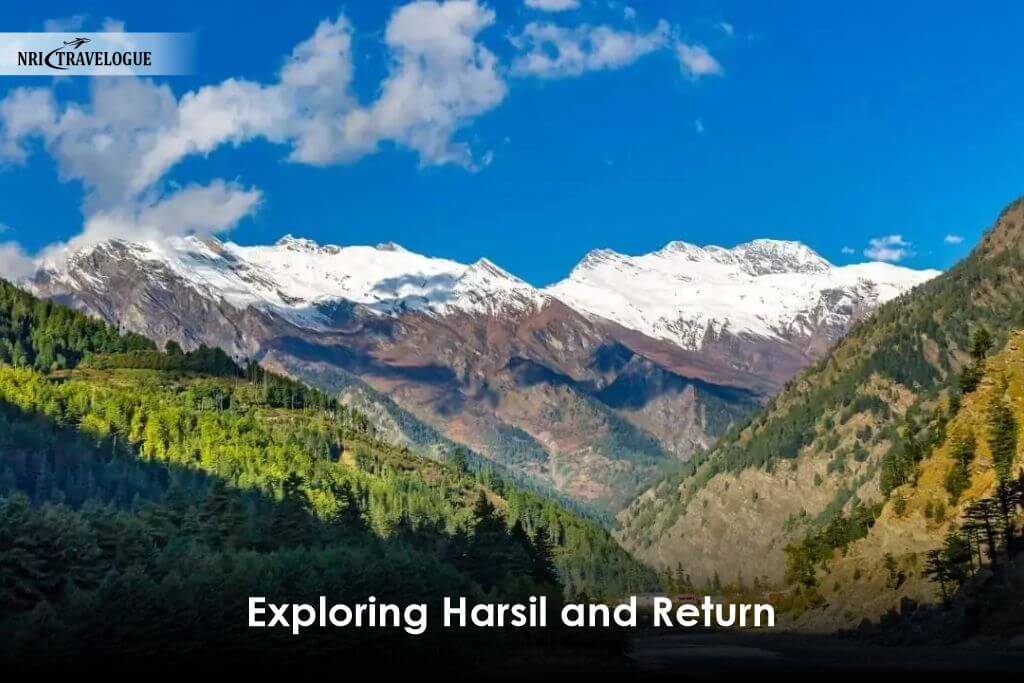
- Morning: If staying in Harsil, visit local attractions like the apple orchards or the serene village of Mukhwa. Alternatively, head back to Uttarkashi and visit the Vishwanath Temple.
- Afternoon: Begin your return journey to Dehradun or Rishikesh. Stop at Chamba or Tehri for lunch and scenic views of the Tehri Dam.
- Evening: Arrive in Dehradun or Rishikesh and check into a hotel. If time allows, attend the Ganga Aarti in Rishikesh for a spiritual end to your trip.
- Overnight: Stay in Dehradun or Rishikesh.
Optional Day 4: Extending Your Trip

- Morning: Consider visiting Gangotri, 20 km from Dharali, to complete a mini Char Dham pilgrimage. The Gangotri Temple, dedicated to Goddess Ganga, is a significant site.
- Afternoon: Return to Uttarkashi or continue to Dehradun/Rishikesh.
- Evening: Depart for your hometown or extend your stay to explore more of Uttarakhand, such as Mussoorie or Haridwar.
Accommodation Options Near Kalp Kedar Temple
Staying in Dharali and Harsil
Dharali and nearby Harsil offer limited but cozy accommodation options. Homestays and guesthouses in Dharali provide a local experience, with basic amenities costing INR 500-1500 per night. In Harsil, small hotels and lodges offer rooms for INR 1000-3000, ideal for those seeking comfort. Book in advance, especially during peak seasons, as options are limited. Camping near the Bhagirathi River is also possible with prior permission from local authorities.
Uttarkashi: A Convenient Base
Uttarkashi, 20 km from Dharali, has a wider range of accommodations, from budget dharamshalas (INR 300-800) to mid-range hotels (INR 1500-4000). GMVN guesthouses are a reliable government-run option for pilgrims. Staying in Uttarkashi allows easy access to other attractions like the Vishwanath Temple and Nehru Mountaineering Institute.
Essential Travel Tips for Kalp Kedar Temple
Packing and Preparation
- Clothing: Carry warm clothes, as temperatures in Dharali can drop, especially in the evenings. Layered clothing is ideal for fluctuating weather.
- Essentials: Pack a first-aid kit, water bottle, snacks, and a flashlight for emergencies. A raincoat or umbrella is useful during unpredictable weather.
- Documents: Carry ID proof and any permits required for the region, especially post-flood.
Safety and Local Guidelines
- Road Safety: Mountain roads can be narrow and prone to landslides. Hire experienced drivers familiar with the terrain.
- Temple Etiquette: Respect the temple’s sanctity by following the priest’s instructions. Photography may be restricted inside the sanctum.
- Flood Updates: Check with local authorities or travel forums for updates on the temple’s condition and road accessibility post the August 2025 flood.
Local Cuisine and Supplies
Dharali and Harsil have small dhabas serving Garhwali cuisine like dal, roti, and local vegetables. Try the famous red rajma from the region. Stock up on essentials in Uttarkashi, as shops in Dharali are limited. Carry cash, as ATMs may be scarce, and digital payments are not always reliable.
Nearby Attractions to Enhance Your Trip
1. Mukhimath Temple in Mukhwa
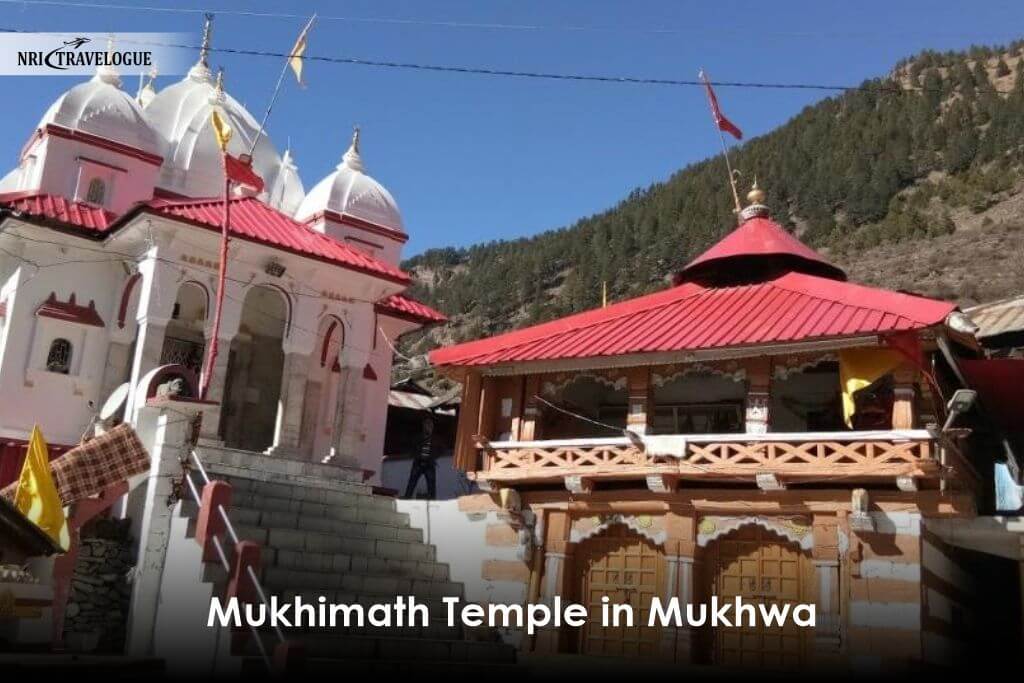
Located across the Bhagirathi River, the Mukhimath Temple in Mukhwa village is the winter abode of Goddess Ganga. It’s a short drive or trek from Dharali and offers a serene spiritual experience with stunning river views.
2. Gangotri Temple

Just 20 km from Dharali, the Gangotri Temple is a key Char Dham site dedicated to Goddess Ganga. Its proximity makes it an excellent addition to your itinerary, especially for pilgrims.
3. Harsil’s Natural Beauty
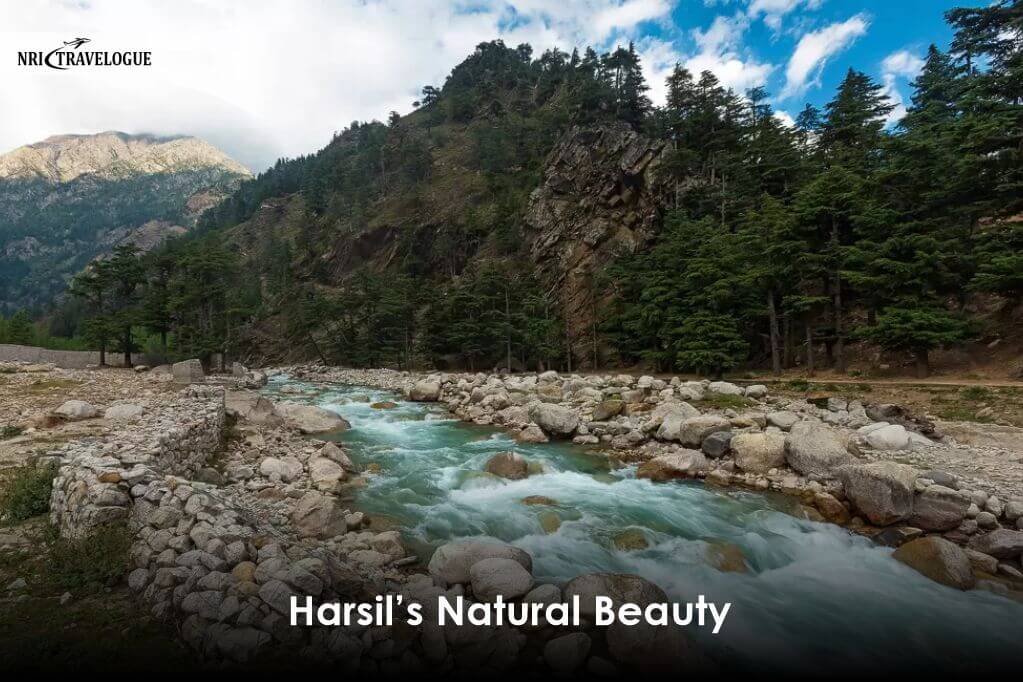
Harsil, 6 km from Dharali, is known for its apple orchards and tranquil setting. A leisurely walk through the village offers a glimpse into local life and breathtaking Himalayan views.
Conclusion: A Journey of Faith and Serenity
Reaching Kalp Kedar Temple is more than a pilgrimage; it’s a journey into the heart of the Himalayas, where spirituality and nature intertwine. Despite the challenges posed by the recent flood, the temple’s divine aura and the surrounding beauty of Dharali make it a destination worth exploring. This itinerary ensures you’re well-prepared for the trip, from choosing the right season to navigating the routes and accommodations. Whether you’re seeking Lord Shiva’s blessings or the peace of the mountains, Kalp Kedar promises an unforgettable experience. Plan ahead, stay informed, and embark on this sacred journey with an open heart.


